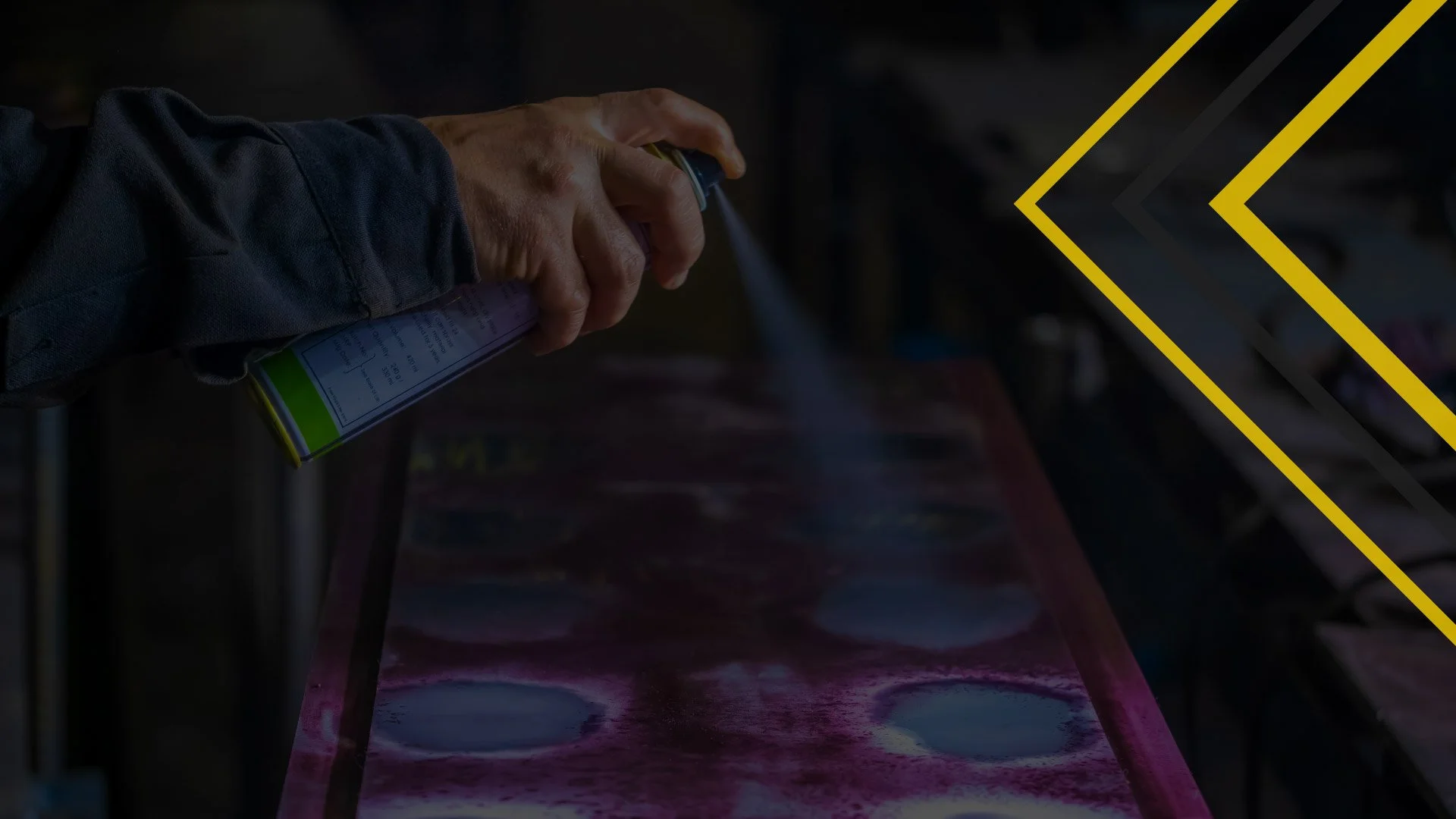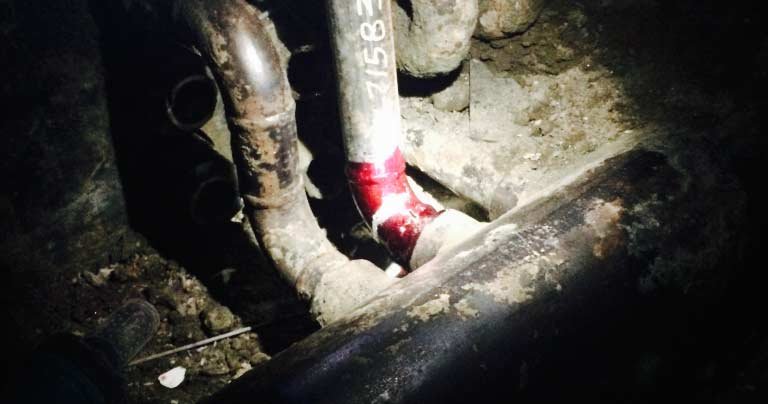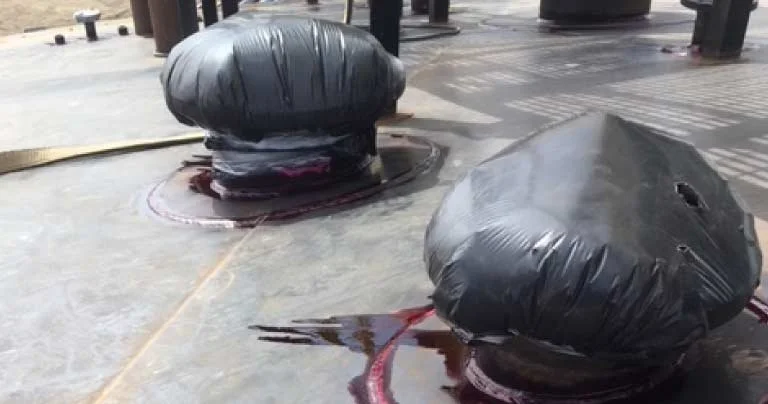Liquid Penetrant Testing (LPI)
Find surface flaws in ferrous and non-ferrous materials with Liquid Penetrant Testing. The ability to locate the faintest surface flaws makes LPI useful for finding deficiencies that tend to generate or rise to the material’s surface.
Liquid Penetrant Testing
Liquid Penetrant Inspection (LPI) is a reliable and cost-effective way to ensure the safe and smooth operation of your equipment. Unlike Magnetic Particle Inspection (MPI), which is limited to ferrous materials, Liquid Penetrant Inspections or Testing can be applied to both ferrous (magnetizable) and non-ferrous (non-magnetizable) surfaces, making it suitable for a wide range of equipment or assets.
How It Works
After cleaning the material's surface, a liquid dye penetrant is applied for a specified time and seeps into the defects through capillary action. Once the dwell time is completed, we remove any excess penetrant and then apply a developer. The developer reveals any dye that seeped into surface defects, making deficiencies visible for inspection. At this stage, the technician assesses and interprets the flaw.

We Meet and Exceed Safety and Code Compliances
Safety is paramount to Anode NDT: both our technicians and our procedures prioritize efficiency and safe work practices.
All Anode NDT procedures are ABSA demonstrated and backed with CGSB / ASNT Level III certified support.
We proudly hold ASNT Level II certification.
Our in-house safety program is ISNetworld, ComplyWorks, Avetta, and COR compliant.







